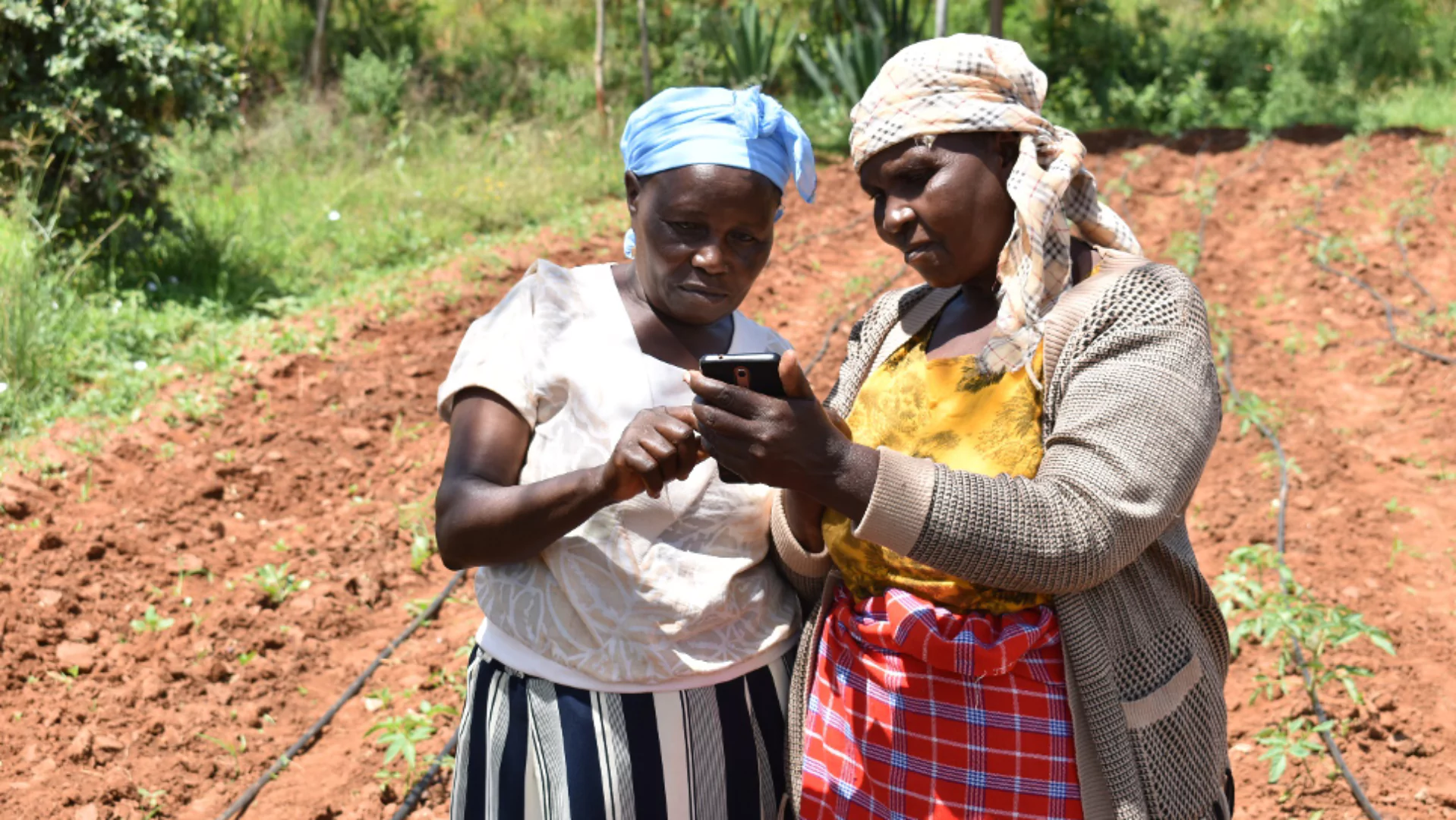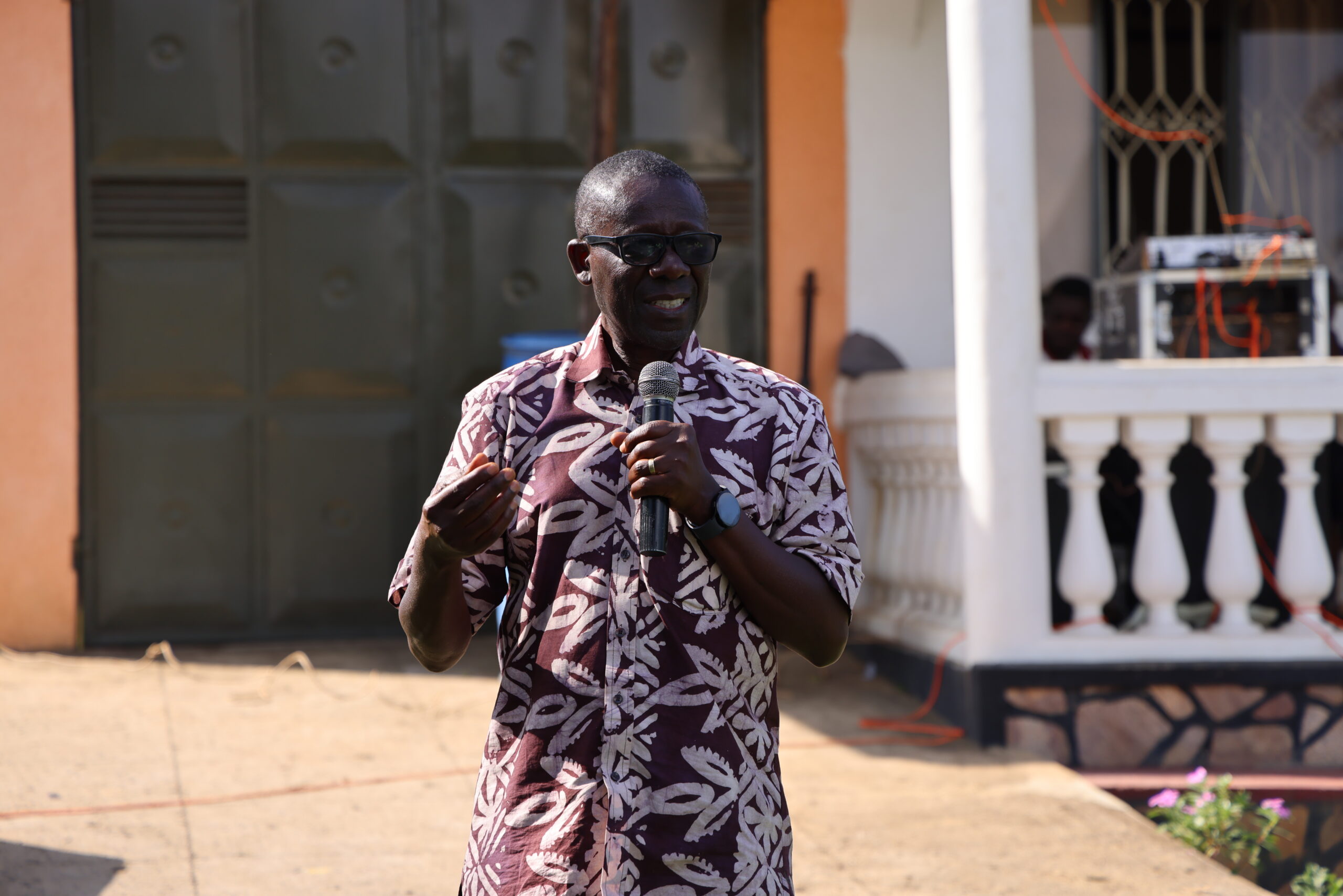Click, Grow, Thrive: Why Digital Literacy Matters in Soil Health
Contributor : Sara Lamsili, Junior Project Communications Manager
For food security and agriculture to thrive, several elements are essential: sufficient rainfall, healthy soil, good fertilizers, solid equipment, market access, and farmers who are constantly updated and educated on what helps crops thrive. When agricultural education is mentioned, one focus remains increasingly important: digital literacy. In today’s technology-driven world, digital literacy is no longer just an advantage, it’s a necessity.
But what does it mean, and why is it so important in the field of soil health?
While there isn’t a single definition, digital literacy is often summed up as “the ability to use information and communication technologies to find, evaluate, create, and communicate information, requiring both cognitive and technical skills” (ALA, 2023). Digital literacy isn’t necessarily about knowing how to use every advanced feature of new technologies – it mainly includes: knowing how to navigate digital tools, use technology for communication and collaboration, apply these tools to manage work responsibilities, and assess the trustworthiness of information found online.
In the context of soil health, the importance of digital literacy for farmers cannot be overlooked. It enables them to access real-time information such as market prices, popular demand, weather forecasts, and crop management tips. For example, a farmer can take preventive measures to protect their crops if they’re aware of an upcoming weather event, thus avoiding potential losses.
“The use of digital tools and resources is not to be neglected. Platforms like Google allow farmers to research and address issues affecting coffee farming, like diseases.” – John Nuwagaba, Managing Director, Ankole Coffee Producers’ Cooperative Union (ACPCU)
Digital literacy is also essential when it comes to precision agriculture. Tools such as GPS devices and precision farming technologies can significantly improve productivity and efficiency. For example, the use of Sentinel-2 satellite imagery in the APNRF-funded project studying In-season Nitrogen Management for Wheat in Tunisia allows farmers and agricultural experts to monitor crop health from space. These images can be correlated to nutrient uptake and areas of stress due to drought or disease.

Screenshot from CropSAT, showing a vegetation index map of a field near Boukaslan, Tunisia, 28/Jan./2023 (Photo: Omran Alshihabi)
Through digital platforms, farmers can access new markets and sell their produce directly to consumers or businesses, bypassing intermediaries. This increases their income and ensures fair pricing for their products. Additionally, digital literacy helps farmers access financial services like mobile banking and digital loans, enabling them to manage their finances more effectively. This is the case with OnFarm Direct, an online platform dedicated to selling fresh products and widely used by farmers in APNI’s project on Uplifting Income and Climate Resilience in Biodiverse Ugandan Smallholder Coffee Systems.
As the agricultural landscape becomes more interconnected with digital technology, ensuring that farmers are digitally literate is key to building more resilient food systems. Digital tools are not just a modern convenience, they are essential for managing soil health, improving yields, accessing markets, and ultimately securing food for future generations. For sub-Saharan Africa to meet the demands of a growing population and a changing climate, digital literacy must be treated as a core part of agricultural training, especially for women, youth, and rural farmers who are often left out of the digital conversation. Investing in digital literacy means empowering farmers to make smarter, faster, and more informed decisions and that benefits us all.
References
American Library Association. (n.d.). Digital literacy. ALA Literacy Clearinghouse. Retrieved July 19, 2023.



